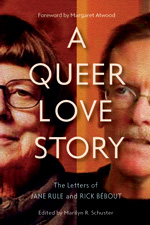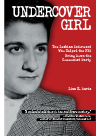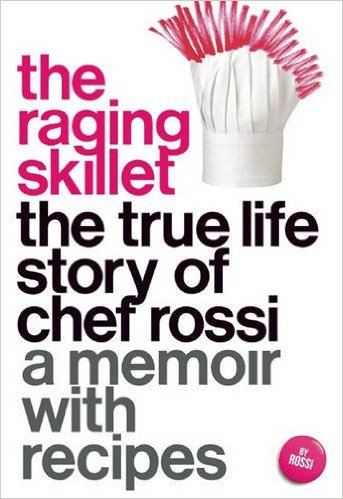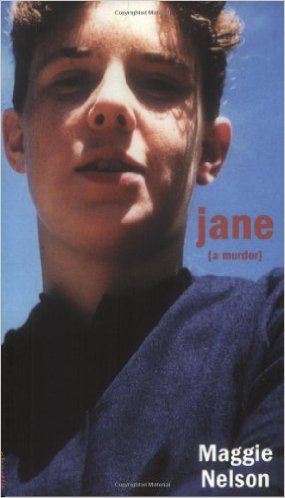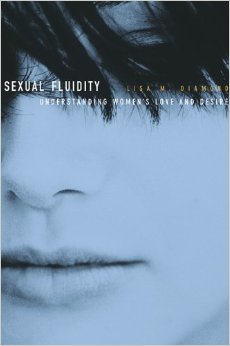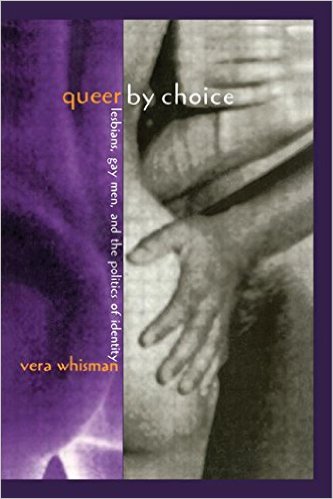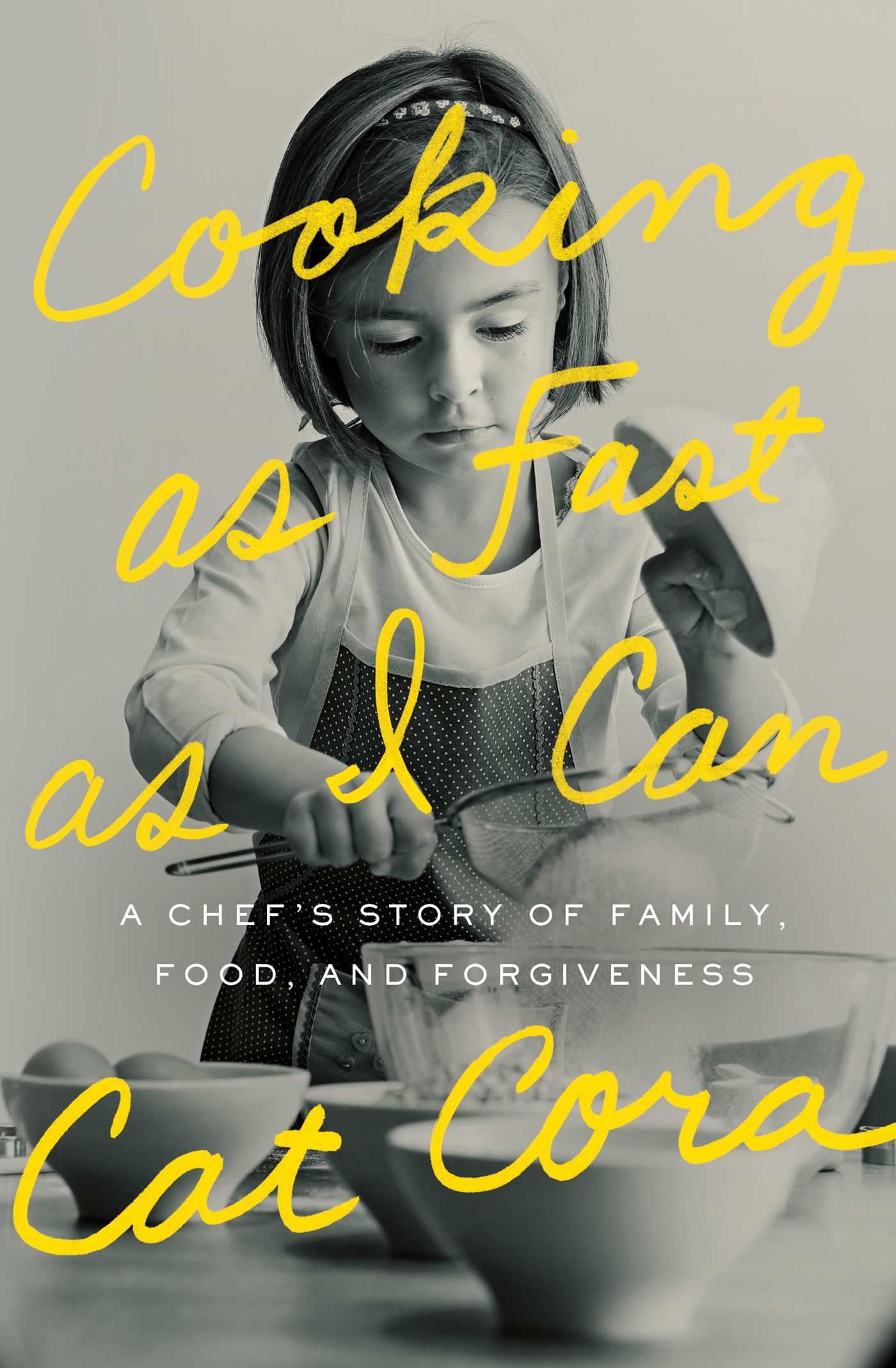“I expect our letters to be someday public property, and, though I write with little self-consciousness about being overheard at some future date, talking intermittently to you and to myself, it seems to me what has concerned us is richly human and significantly focused on the concerns of our time and our tribe.” – JaneRead More
Julie Thompson reviews Undercover Girl: The Lesbian Informant Who Helped the FBI Bring Down the Communist Party by Lisa E. Davis
Undercover Girl chronicles the exploits of Angela Calomiris, an informant for the Federal Bureau of Investigation (FBI) during the 1940s. An otherwise easy-to-miss figure in history, author Lisa E. Davis goes behind-the-scenes to reveal a more complex story of Calomiris’s life. The depiction of her impoverished childhood in New York through her fifteen minutes ofRead More
Kalyanii reviews Harley Loco: A Memoir of Hard Living, Hair, and Post-Punk, from the Middle East to the Lower East Side by Rayya Elias
After stumbling upon the announcement of Elizabeth Gilbert’s coming out last month, l thought I’d key a quick Google search in order to become acquainted with the woman who’d rocked her world. It took the perusal of only a couple results to discover that Gilbert’s relationship with Rayya Elias is no fly-by-night romance;Read More
Kalyanii reviews The Raging Skillet: The True Life Story of Chef Rossi
After reading The Raging Skillet, I’m not certain whether I’m desperate to marry the legendary culinary mastermind known simply as Rossi or to live within her skin. It would be futile to deny my appreciation for the handful of openly lesbian chefs whose careers have blossomed in spite of – or perhaps due toRead More
Bessie reviews The Red Parts and Jane by Maggie Nelson
Nelson is a wonderful writer, whose memoir/queer theory explosion The Argonauts was probably the best book I read last year. It got me interested in checking out some of her earlier work, The Red Parts and Jane, which are very different from The Argonauts, and from each other, but both exceptional books. I wasn’t sureRead More
Katelyn reviews Unbearable Lightness: A Story of Loss and Gain by Portia de Rossi
When Portia de Rossi first released her memoir, I was just testing the waters of an eating disorder and six years past admitting to myself that I wasn’t straight. I desperately wanted to search the book for weight loss tips, but it had been described as so inspiring that I was afraid it would convinceRead More
Elinor reviews The Argonauts by Maggie Nelson
The Argonauts is an amazing book. It is a memoir but not a neatly narrative one. It’s been called “genre-bending,” which it certainly is. I’d describe it as a meditation of family, queerness, gender, love, bodies, connection, and a whole lot more. Nelson quotes academic theorists as readily as she shares visceral, personal details fromRead More
Danika reviews Sexual Fluidity: Understanding Women's Love and Desire by Lisa M. Diamond
This was a life-changing book for me. The only thing I can compare it to in terms of reading experience is Inseparable: Desire Between Women in Literature by Emma Donoghue, which opened up a whole world of queer women lit throughout time to me that I had never heard of before. Instead of changing my view ofRead More
Danika reviews Queer By Choice: Lesbians, Gay Men, and The Politics of Identity by Vera Whisman
One of my favourite books is Dear John, I Love Jane: Women Write About Leaving Men for Women edited by Candace Walsh and Laura André. There are some beautifully-written essays in the collection, but what really grabbed me were all the narratives that didn’t match the classic queer storyline: I knew since I was a kid,Read More
Kalyanii reviews Cooking as Fast as I Can: A Chef’s Story of Family, Food, and Forgiveness by Cat Cora
For years, I’ve admired Cat Cora for her ability to take on the most notable male chefs of the day, all the while prepared with a quip in her Southern twang and sporting a smile that invariably brings me to my knees. Self-assured and deservedly so, Ms. Cora’s star had risen in the midstRead More
- « Previous Page
- 1
- …
- 6
- 7
- 8
- 9
- 10
- …
- 15
- Next Page »
